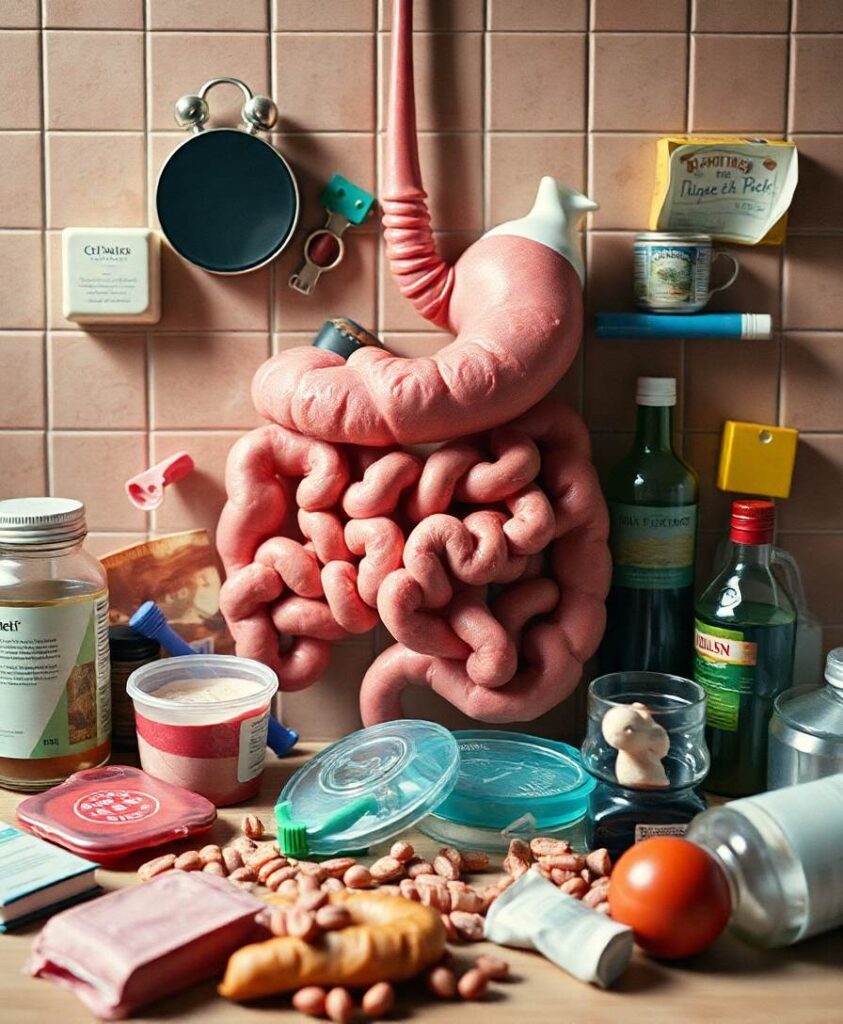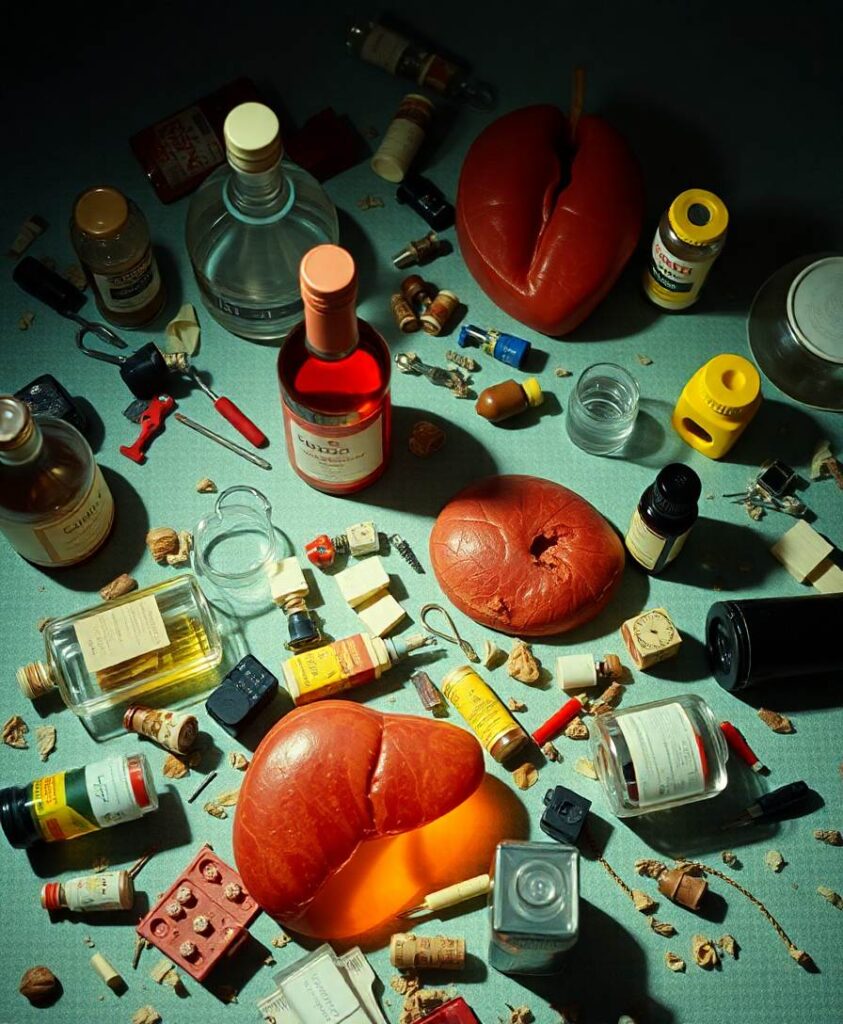This finding matters for families, workers, and communities where PCE lingers. If a household product or a neighborhood source increases the chance of serious liver damage, prevention becomes a public-health and equity issue. Measures that reduce contamination or limit use of high-risk chemicals could protect people who lack other obvious risk factors and who might otherwise go untreated until disease is advanced.

Curious about how scientists traced this link, what levels of exposure are risky, and which places or products pose the greatest concern? The full article walks through the evidence and the broader implications for policies, screening, and everyday choices that influence long-term health and opportunity.
Scientists have uncovered a new environmental culprit behind liver disease: tetrachloroethylene (PCE), a chemical used in dry cleaning and household products. The study found that people with PCE exposure were three times more likely to develop severe liver scarring, even when traditional risk factors like alcohol or obesity were absent. The chemical is widespread in air, water, and consumer goods, making it a stealthy threat to public health.



